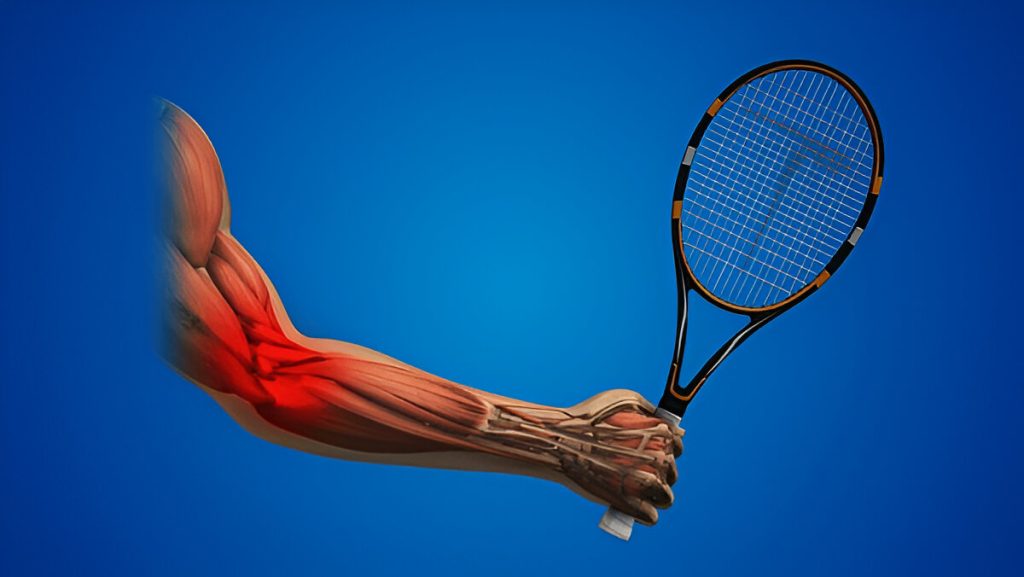What Is Valgus Extension Overload Syndrome?
Valgus Extension Overload Syndrome (VEO) is an elbow condition caused by repetitive forceful extension of the joint, especially when the arm is in a valgus (outwardly angled) position. It most often affects throwing athletes — particularly baseball pitchers — due to the repetitive stresses placed on the inside (medial) and back (posterior) aspects of the elbow during high-velocity throws.
Over time, this overload can lead to impingement of soft tissues, wear of articular cartilage, and the formation of bone spurs or loose bodies, often resulting in pain, loss of extension, or even nerve compression.
Causes and Risk Factors
-
Repetitive overhead throwing
-
High-speed arm movements with forceful elbow extension
-
Underlying ulnar collateral ligament (UCL) laxity or damage
-
Poor throwing mechanics or insufficient warm-up
-
High pitch counts or inadequate rest in pitchers
-
History of elbow instability or trauma
Symptoms
-
Pain at the back or inner side of the elbow, especially during or after throwing
-
Loss of terminal extension (inability to fully straighten the arm)
-
Clicking, catching, or locking sensations
-
Swelling or tenderness near the olecranon tip
-
Potential ulnar nerve irritation (numbness or tingling in the ring/little fingers)
-
Decreased throwing velocity or endurance
Diagnosis
-
Clinical evaluation with stress testing of the medial UCL and assessment of range of motion
-
X-rays may show osteophyte formation or loose bodies in the posterior elbow
-
MRI evaluates soft tissues, including ligament integrity and inflammation
-
CT scan may be used to define bony impingement and assess joint space narrowing
Treatment
Non-Surgical Treatment
-
Rest from throwing and overhead activities
-
Use of ice and anti-inflammatory medications
-
Physical therapy to correct mechanics, improve flexibility, and strengthen stabilizing muscles
-
Gradual return-to-throwing programs
-
Corticosteroid injections may be used to manage inflammation in certain cases
Surgical Treatment
-
Indicated if non-surgical methods fail or if loose bodies and bone spurs cause mechanical symptoms
-
Arthroscopic debridement:
-
Removes bone spurs and inflamed soft tissue
-
Addresses impingement or locking symptoms
-
-
If UCL instability is identified, it may require surgical reconstruction (e.g., Tommy John surgery)
Recovery Outlook
-
Most athletes recover well with non-surgical management when addressed early
-
Arthroscopic procedures typically allow return to sport within 3 to 4 months
-
UCL reconstruction, if needed, requires a longer recovery timeline of 9 to 12 months
-
Early detection and technique correction are key to preventing long-term damage
Why Kerlan Jobe Institute?
The sports medicine team at Kerlan Jobe Institute is nationally recognized for treating throwing-related elbow conditions like VEO. With experience working with elite athletes, we provide specialized care that includes advanced diagnostics, minimally invasive surgery, and tailored return-to-play protocols.

